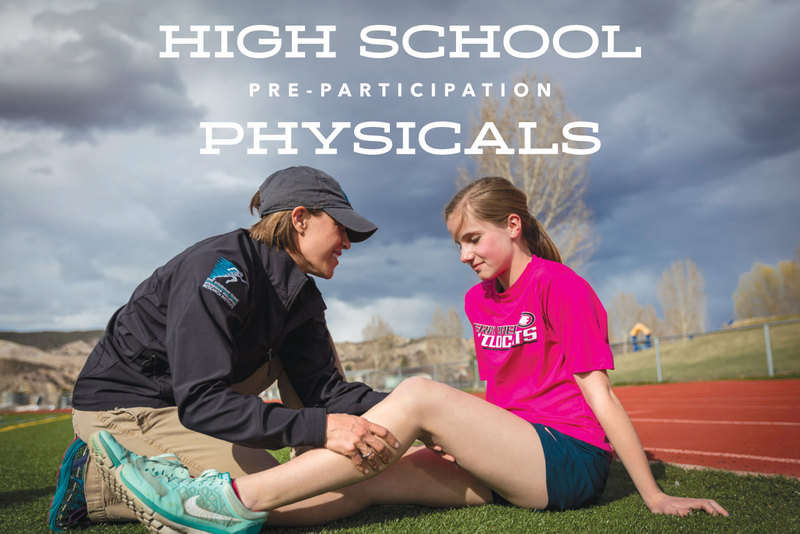News
Eagle County leaders discuss what may last beyond COVID-19
This article was first printed in the Vail Daily by Scott Miller on October 23, 2020.
The COVID-19 pandemic has forced much of the world to adjust on the fly. But what might linger when the pandemic has faded?
A group of local leaders talked Thursday about the state of the Vail Valley in a Thursday Zoom seminar sponsored by the Vail Symposium. Participants were Vail Mountain Chief Operating Officer Beth Howard, Vail Health CEO Will Cook, Eagle County Schools Superintendent Phil Qualman and Eagle County Manager Jeff Shroll. Vail Valley Partnership President and CEO Chris Romer was the moderator.
The participants fielded a number of questions, including what their respective organizations might continue after the pandemic.
Shroll said he hopes the conversations he’s currently having with other local governments and businesses will continue.
Shroll, who spent 24 years as Gypsum’s Town Manager before taking the top administrative job at the county, said in all those previous years, he’d never ben involved in wide-ranging conversations with so many other officials and organizations.
Cooperation has been a benefit
Addressing both COVID-19 and the county’s long-running issues including transportation and housing Shroll said it “can’t be just the county, or a special district or a town. It’s going to take all of us.”
The cooperation taking place now is “neat to see,” Shroll said. “I hope we never lose that.”
Qualman said perhaps the main thing he’d like to see is students making the transition from “dependent to independent learning.”
Qualman added that process is a slow one, and will require using technology. And while he favors in-person learning, Qualman said the process also includes convincing parents and students that independent learning will help students in their lives after school.
Technology has helped the district, especially as it has entered this school year. Technology can help the district “become more efficient,” Qualman said. That can help reduce costs and travel expenses, he added.
Cook said he believes the pandemic might help Vail Health continue its missions.
“How do we continue to focus not just on the provision of health care, but the social determinants of care,” Cook said.
That work includes physical and behavioral health, as well as affordability.
Thinking about everyone, in everything
“How do we think about everyone in everything we do?” Cook said, adding that from second-home owners to the valley’s front-line employees, Vail Health needs to “think about things more holistically.”
The pandemic, he said, is “almost an affirmation of things we’d already started,” including behavioral health, overall wellness and affordability.
Cook noted that 16% of Eagle County residents are uninsured. That’s one of the highest rates in the state.
“We don’t want access to care” hampered by affordability, he said.
Access to care includes protecting vulnerable populations, and is one of the keys to ensure that the valley’s tourism economy continues and guests keep returning.
“I’m grateful for our partnerships,” Cook said. “We’ll get through this, but only if we work together.”
The Vail Valley Partnership, the valley-wide chamber of commerce, has long advocated for partnerships between governments and within the private sector.
Romer said the big lesson from the pandemic is embracing a “yes, and…” approach to public policy and business.
“We need more empathy,” Romer said, adding that includes everything in the valley from mountain operations to transportation to health care.
“The idea of ‘yes, and…’ is the foundational principle of all of it,” he said.
More News
-
New!
More

Recipe: Dark Chocolate Sea Salt Dates
Just take some dates, some dark chocolate, some peanut butter, and some flake sea salt, and you will have like the best dessert ever.
-
New!
More

Vail Health and The Steadman Clinic Offer Free Physicals for High School Athletes
Physicals will be offered in both English and Spanish on two dates, May 17 at Battle Mountain High School and May 24 at Eagle Valley High School.
-
More

Good Stress?
“Good stress” sounds like an oxymoron. After all, we’ve always been told stress is bad for our health. However, it’s possible that some stressors can actually be good for us and even enhance our lives.
